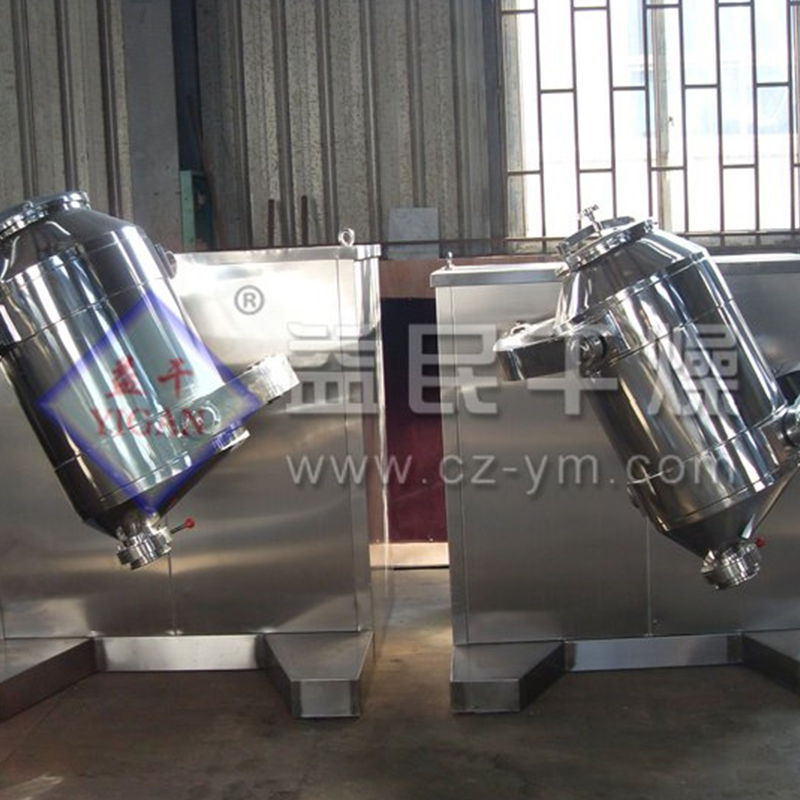How 3D Movement Mixers Enhance Efficiency in Production
Technology Behind 3D Movement Mixers
At the core of the 3D movement mixer is its sophisticated technology that enables multidimensional movement. Unlike conventional mixers that operate on a single plane, the 3D mixer’s ability to rotate, tilt, and oscillate simultaneously allows for more effective material interaction. This unique motion ensures that all components, regardless of size or density, are uniformly blended.
The mixers are often equipped with advanced control systems that allow operators to adjust parameters such as speed and mixing time. This flexibility enables manufacturers to customize the mixing process based on the specific properties of the materials involved. Furthermore, many modern models incorporate automated features, such as programmable settings and monitoring systems, to streamline operations and reduce human error.
Enhancing Production Efficiency
One of the most significant ways 3D movement mixers enhance production efficiency is through reduced mixing time. Traditional mixing methods can be labor-intensive and time-consuming, often leading to bottlenecks in production lines. In contrast, the 3D movement mixer accelerates the mixing process, allowing for faster throughput and improved cycle times.
Moreover, these mixers minimize waste by ensuring complete mixing of all components. In industries like pharmaceuticals, where precise formulations are essential, even slight inconsistencies can lead to significant waste and costly recalls. The enhanced mixing capability of 3D mixers reduces this risk, leading to better product yield and lower material costs.

The gentle mixing action of these machines also contributes to increased efficiency. By preventing damage to sensitive materials, manufacturers can maintain the integrity of their products, ultimately resulting in higher quality output. This aspect is particularly important in sectors where product consistency is key to consumer satisfaction.
Impact on Quality Control
Quality control is another area where 3D movement mixers excel. With their ability to achieve uniform mixtures, these machines play a crucial role in maintaining product standards. Regular testing and monitoring of the mixing process help ensure that every batch meets quality specifications, reducing the likelihood of defects.
Furthermore, the design of 3D movement mixers allows for easy access to components for inspection and maintenance. This accessibility is vital for ongoing quality assurance, enabling manufacturers to promptly address any issues that may arise during production.



 English
English русский
русский عربى
عربى Türk
Türk




